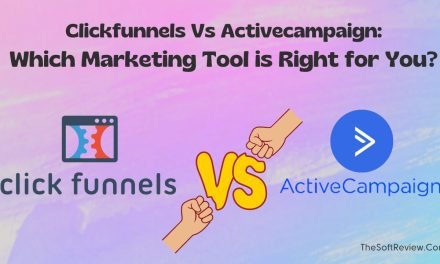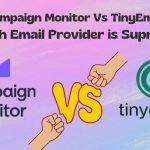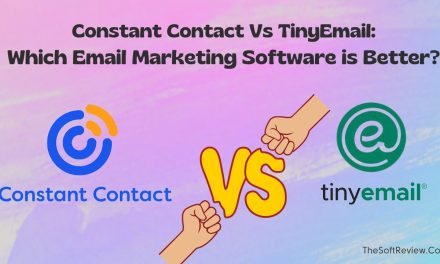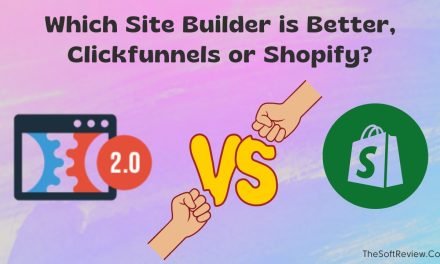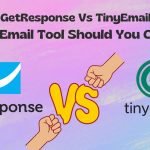
Drip Vs TinyEmail: Choose the Right Email Solution in 2024
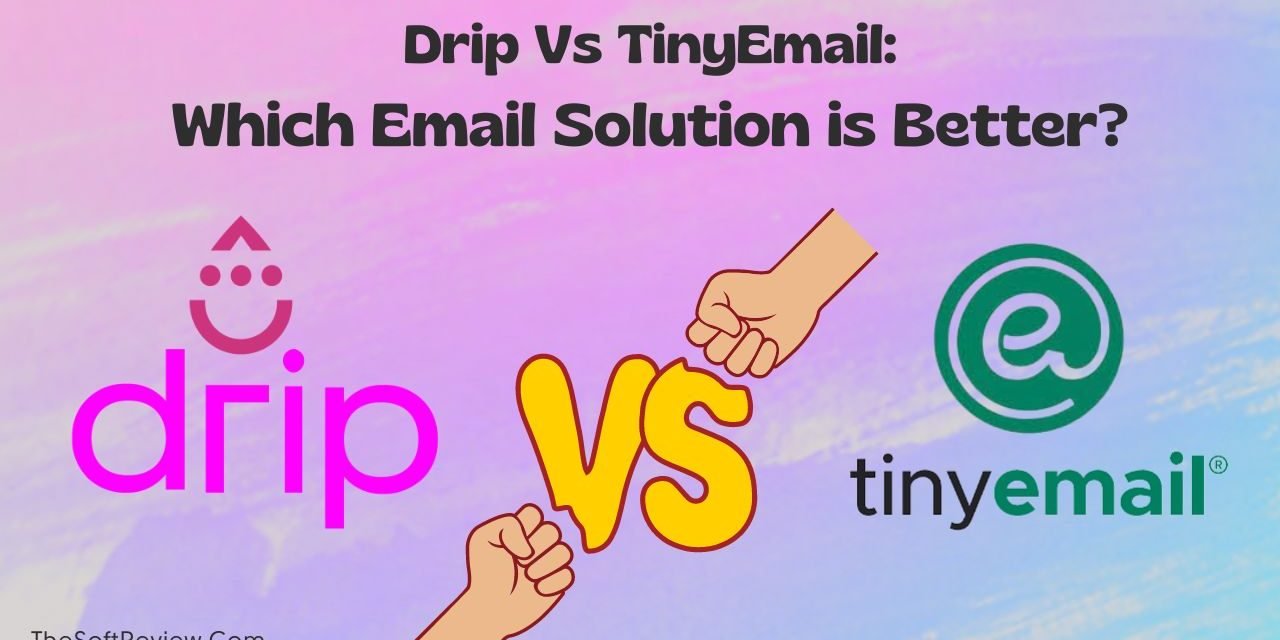
Email marketing continues to be an indispensable communication tool with an average ROI of 4200%, serving businesses with efficient customer engagement.
However, with a vast array of email service providers available in 2024, it can be challenging to navigate the options and determine which one is the perfect fit.
Two popular contenders in the email space are Drip and TinyEmail. And if you need guidelines to choose between these two options, continue reading.
In this Drip vs TinyEmail comparison, we will compare each platform’s features and benefits with each other so that you know the truth and choose the tool that suits your needs and budget.
Key Analysis: Drip Vs TinyEmail
In the battle between Drip and TinyEmail, consider your specific needs and budget. Drip offers advanced automation and robust integrations for e-commerce, while TinyEmail provides affordability, AMP templates, and an AI subject line generator. Let’s dive deep into your email marketing success.
Key Takeaways of This Drip Vs TinyEmail Battle
- Both Drip and TinyEmail are e-commerce focused.
- Drip offers more advanced automation features, including drip campaigns and 15+ pre-built workflow recipes, which TinyEmail is yet to launch.
- TinyEmail is more cost-efficient; it presents a free plan, which Drip does not offer.
Round 1: An Overview of Drip and TinyEmail
A. What is Drip?
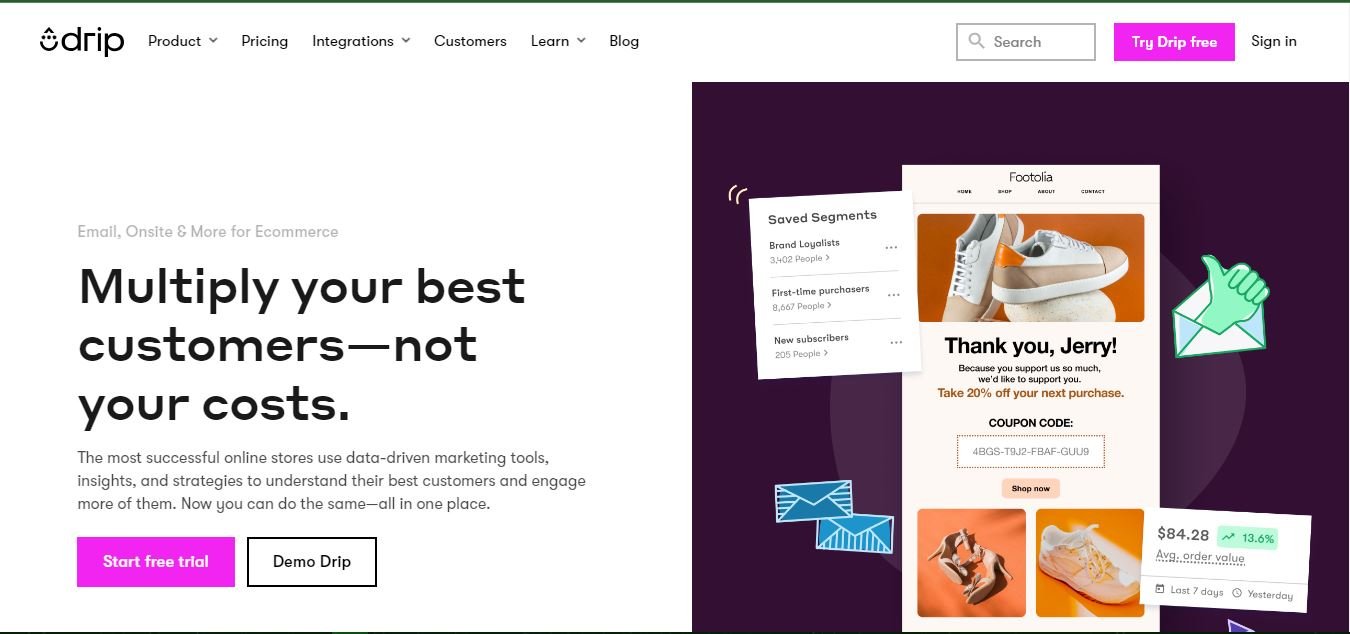
Drip is a leading email marketing platform founded in 2012 by Rob Walling and Derrick Reimer.
With a focus on optimizing email marketing efforts, Drip caters to a diverse customer base, including SMEs and giant corporations in industries like e-commerce and SaaS.
The platform was acquired by Leadpages in 2016, and it continues to innovate, providing excellent customer support and integration capabilities.
B. What is TinyEmail?
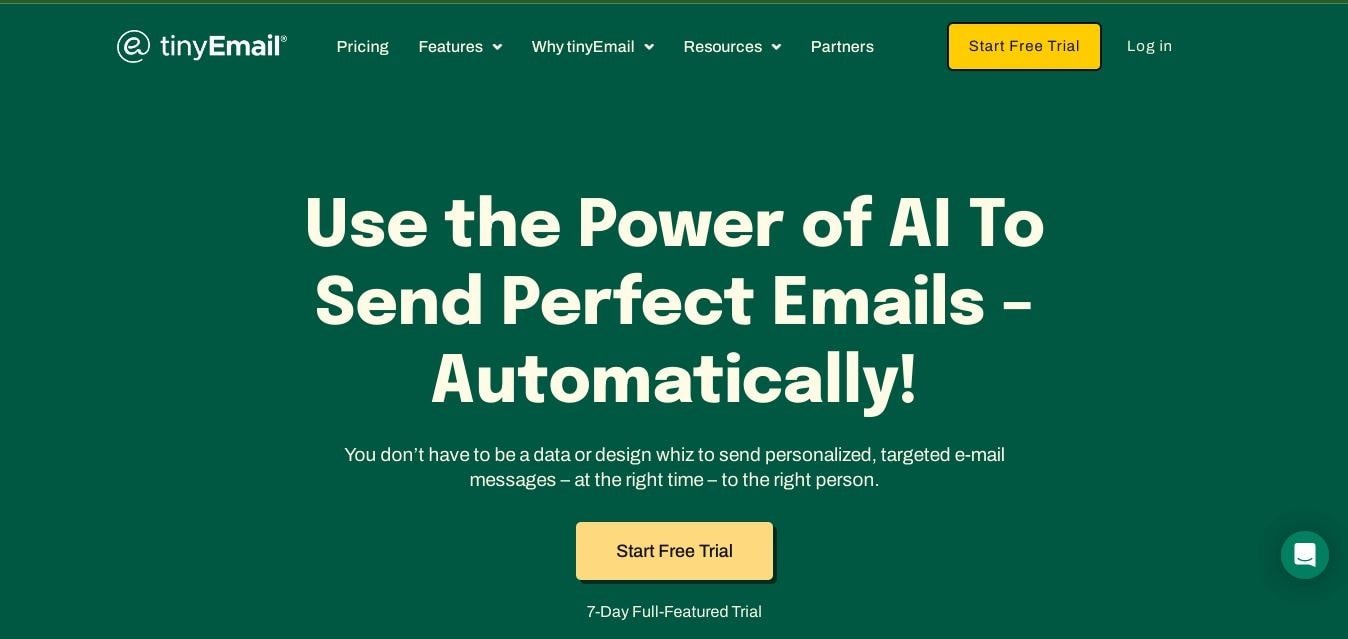
TinyEmail is a relatively new email marketing platform founded by Seamas Egan, a seasoned IT professional with ten years of experience.
Though its recent launch, the platform has garnered significant attention from email marketers for its simplicity and competitive pricing.
Like all the other email marketing tools, TinyEmail claims to help you launch email marketing campaigns that convert your subscriber to a customer.
Round 2: In-Depth Performance Comparison: Drip Vs TinyEmail
To evaluate the performance of Drip and TinyEmail, we will examine their features and see how they perform blessed on the following aspects (A-J) of modern email marketing software.
A. Lead Generation
Lead generation denotes capturing customer data, and modern email marketing tools offer some built-in lead generation tools. Here is how Drip and TinyEmail perform in that standard:
A1. Sign Up Form Builder
Both Drip and TinyEmail offer pre-built templates for Embedded and Popup forms with a drag-and-drop editor. You can edit texts and images, add custom fields, and import HTML codes for a custom design. Both function pretty similarly.
A2. Lead Scoring
Drip offers a powerful lead-scoring tool that you can use to rank your subscribers on a scale based on their perceived value to your organization, helping you qualify leads efficiently.
However, with TyniEmail, you do not get the lead-scoring tool.
A3. Landing Page Builder
Both do not offer landing page builders yet. However, you can integrate with third-party tools like “Leadpages” for landing pages.
B. Email List Segmentation
Segmentation allows you to group your subscribers based on the audience’s behavior, demographics, interests, and as you want. It enables you to target specific customers and send personalized emails to them in bulk.
Let’s evaluate both tool’s contact segmentation capabilities:
B1. Groups, Tags, and Custom Fields
With Drip and TinyEmail, you can group your subscribers by their behaviors (open or click history), demographics (age, country, gender), purchase history, time zone, past interactions, and more.
You can even set your own rules (custom fields) for grouping them and assign tags to sort from your groups for better visualization.
Both are quite similar in terms of segmentation.
C. Email Design & Formatting
The key feature of modern email marketing software is that it offers tons of pre-designed email templates with a drag-and-drop email editor so that you can generate personalized emails without coding.
Let’s examine how Drip and TinyEmail perform on Email Personalization Tools criteria:
C1. Pre-designed Templates
Both Drip and TinyEmail have pre-built templates available. However, TinyEmail offers a more extensive (550+ AMP Templets) selection of templates in its gallery whereas Drip provides only 50+ templates for it’s users.
Additionally, TinyEmail’s templates are powered by APM technology, making them more responsive than Drip’s.
C2. Drag-and-Drop Builder
Both Drip and TinyEmail have a user-friendly drag-and-drop email builder that allows you to easily customize email templates with text, color, and media files.
These two platforms also allow you to import custom HTML codes if you need a custom email design. So they provide quite similar performance in this feature.
D. Automation and AI
Automation and artificial intelligence is the most crucial aspect of modern email marketing tools that streamline various aspects of your marketing effort, such as marketing automation, writing email copy, and more.
Let’s weigh how both tools perform with respect to Automation and AI Tools:
D1. Email Automation
While both tools, Drip and TinyEmail, offer an abandoned cart and welcome newsletter, Drip stands out with its robust drip automation.
Drip’s drip automation allows you to set up complex, multi-step email sequences triggered based on specific user actions or predefined conditions.
In comparison, TinyEmail does not provide the same level of sophistication in its email automation capabilities.
D2. Automation Workflow Recipes
Drip also stands out for its visual automation builder with over 15 built-in workflow automation recipes, which presents a user-friendly interface to create complex automated campaigns.
On the other hand, TinyEmail is yet to offer pre-built workflow recipes and a visual automation builder.
D3. AI Writing Assistant
TinyEmail offers a dedicated AI writing assistant to help you generate email subject lines automatically. The platform is working on launching a full-fledged AI copywriter.
However, Drip does not offer such an AI writing assistant.
E. Analytics and Reporting
Analytics and reporting involve visualizing crucial data of your campaigns as open rates, click-through rates, conversion rates, subscriber growth, and others, so you can find out the pitfalls of your marketing efforts and run more targeted email marketing campaigns next time.
E1. Analytical Tools
Both platforms offer a dedicated dashboard comprising interactive charts and graphs to visualize your data so you can analyze the performance of your email marketing campaigns and export reports in CSV or other files.
They both are very close to each other.
E2. A/B Test
Drip offers a powerful A/B testing tool to track two email campaigns’ performances simultaneously to see which performs better.
However, TinyEmail is still working on launching an A/B testing tool.
F. Deliverability Rate
A high deliverability rate indicates the successful delivery of your emails to recipients’ inboxes, avoiding being flagged as spam or bouncing. Let’s check both tool’s performance:
F1. Deliverability Score
Drip has a deliverability rate of 73.7% (according to the Email Tool Tester). On the other hand, no reliable data is available regarding TinyEmail’s specific deliverability rate.
However, TinyEmail claims to have a machine learning and AI engine that automates the IP Warmup process, which is designed to ensure high deliverability.
G. Integrations and Functionalities
Integrations enable your email marketing platform to connect with other software services and enrich functionalities. For instance, you can integrate with popular lead-generation platforms for landing pages and many more. Here is how our contenders perform:
G1. Native Integrations
Drip offers a broader range of native integrations (About 150+), allowing you to seamlessly connect with various software services, while TinyEmail relies on Zapier to access popular integrations (About 1000+ with Zapier).
G2. API Integrations
Both Drip and TinyEmail provide robust and reliable APIs, allowing you to develop custom integrations tailored to your needs.
H. Ease of use
An ideal email marketing tool should feature a user-friendly interface, simplifying navigation and task execution for efficient email marketing management.
I. Customer Support and Knowledge Base
Reliable customer support is crucial when using an email marketing tool. It ensures prompt assistance and guidance whenever you encounter issues or have questions about the tool’s features and functionalities.
J. Pricing Plans Comparison
J1. Free Plan
Unfortunately, Drip does not provide a free plan, whereas TinyEmail offers a free account option.
With TinyEmail’s free account, you can access 500 subscribers, generate 15 subject lines with the AI writer, send welcome newsletters, and abandon cart emails with basic analytics.
J1. Paid Plans
Drip offers only one pricing plan ($39 per month), with multiple pricing options in TinyEmail.
TinyEmail does not bar you from the subscriber’s limit. And TinyEmail charges you $25 for up to 25K emails with its Standard plan; $75 for the Pro plan.
Round 3: Calculating the Advantages and Disadvantages
A. Advantages of Drip
- Drip offers advanced drip campaign automation and powerful workflow automation for e-commerce stores.
- Advanced segmentation and lead scoring are available.
- The analytics dashboard shows meaningful insights along with advanced A/B testing.
- 100+ native integrations are available with deep integrations with popular e-commerce stores.
- The user interface is straightforward to learn.
B. Disadvantages of Drip
- The pricing plan is not comprehensive—only one pricing plan. No free plan is available.
- The deliverability rate is 73.7% (according to the Email tool tester), which needs to be improved.
C. Advantages of TinyEmail
- TinyEmail provides a vast selection of over 550 aesthetically pleasing and remarkably speedy AMP email templates.
- It offers a built-in AI subject line generator, eliminating marketing efforts.
- The abandon cart feature is quite powerful and beneficial for e-commerce stores.
- It offers decent analytical capabilities with per-subscriber analytics.
- Easy to use, and the pricing is notably more competitive than its counterparts and even offers a free plan.
D. Disadvantages of TinyEmail
- Lacks advanced automation features, such as drip campaigns and pre-built workflow automation recipes.
- Advanced analytics and A/B testing are yet to come.
Round 4: Final Words: Which Email Solution is Right for You?
Choosing the right email solution depends on your business needs and budget. For instance, if you are just getting started with email marketing, it would always be ideal, to begin with a less expensive tool so that you can practice and develop your skills.
Now, let’s look at when you should use Drip and when TinyEmail.
1. Who Should Select Drip?
Drip is recommended if you run an e-commerce store and seek mid-level email marketing features, including drip campaigns and pre-built automation recipes.
Drip is also known for offering decent segmentation, an intuitive email builder, and powerful reporting features.
One of the central selling points of Drip is that the platform’s “drip campaign” feature is quite powerful, enabling you to send a series of personalized emails automatically to the target audience, and the platform is still less expensive than some of its competitors.
2. Who Should Select TinyEmail?
TinyEmail is a relatively new email marketing solution. However, the platform is continuously working on launching new features.
So, if you need a basic email marketing automation tool at a minimum cost, TinyEmail should be chosen. Even with the free plan, its decent audience segmentation and AI headline generation tool make it an excellent Drip alternative for small businesses or a growing e-commerce store.





